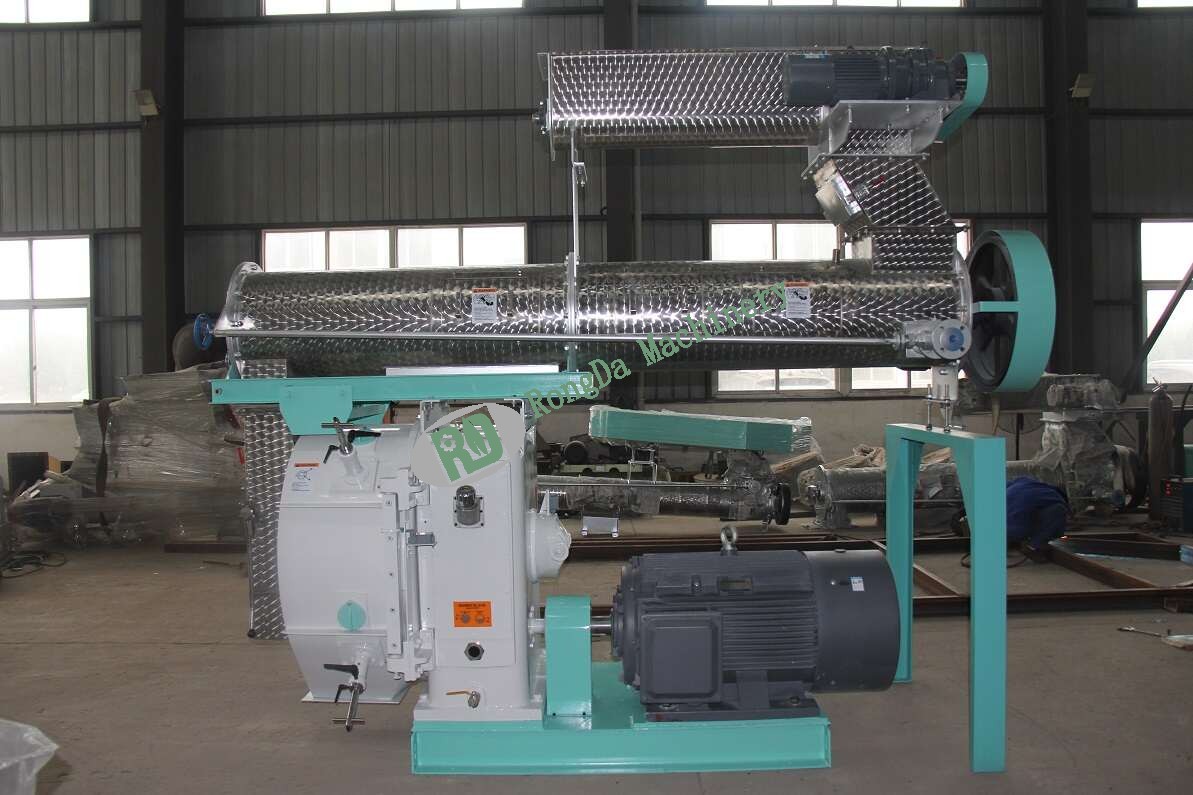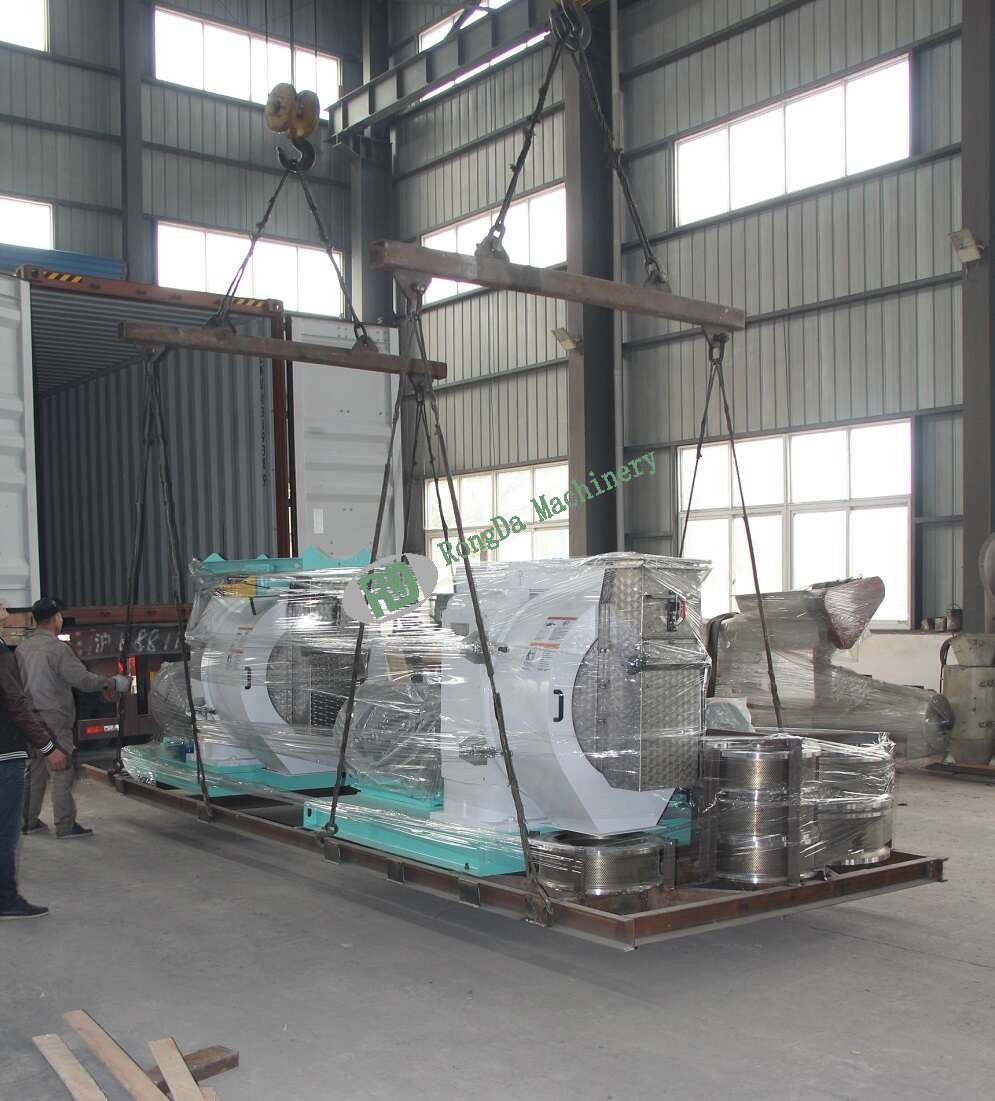Welcome to Rongda Machinery Co., Ltd
Toggle Navigation

Ever wondered how farmers whip up the perfect feed for their animals? It’s not just tossing grains into a bucket—there’s some serious tech behind it. Feed processing machines are the unsung heroes of modern farming, turning raw ingredients like corn or soybeans into nutrient-packed meals for livestock, poultry, or even fish. Whether you’re running a small farm or a big feed mill, these machines can save you time, money, and a whole lot of hassle. Let’s dive into what they’re all about, the different types, and why they’re such a big deal.
Picture this: you’ve got a pile of grains, some soybean meal, and maybe a bit of vitamins to keep your animals healthy. Feed processing machines take that raw stuff and transform it into something animals can actually digest and thrive on. They grind, mix, pellet, or even extrude ingredients to make sure every bite is packed with the good stuff. These machines are a must for farms, feed mills, or anyone raising animals, letting you whip up custom feed blends tailored to what your critters need.
Why should you care? Well, for starters, these machines make feed that’s easier for animals to digest, which means healthier livestock and better yields—whether that’s more eggs from your chickens or faster growth for your pigs. Plus, they streamline the whole process, cutting down on manual labor and wasted ingredients. It’s like having a kitchen appliance that does all the heavy lifting for you.
There’s a whole lineup of feed processing machines out there, each with its own superpower. Here’s a quick rundown of the key ones and what they do.
These bad boys break down big chunks of grains, corn, or soybeans into smaller bits that animals can handle. Smaller particles mean better nutrient absorption, which is a win for everyone. You’ve got two main types:
Hammer Mills: Think of these as the heavy hitters. They use fast-spinning hammers to smash ingredients into fine particles. Perfect for when you need a super fine grind.
Roller Mills: These are more like the gentle giants, using rollers to crush feed into smaller, uniform pieces. Great for coarser grinds.
Once you’ve got your ingredients ground up, it’s time to mix them into a balanced blend. Feed mixing machines make sure every scoop of feed has the right nutrients. You’ll see:
Paddle Mixers: These use rotating paddles to stir everything together, like a giant mixing bowl.
Turbo Mixers: For when you need speed, these high-powered blades create a super even mix in no time.
Ever seen those little feed pellets animals gobble up? That’s the work of pellet mills. They take ground-up feed and press it into compact, easy-to-store pellets. There are two main types:
Ring Die Pellet Mills: These use a ring-shaped mold to shape feed into pellets. They’re great for high-volume production.
Straight Die Pellet Mills: These use a flat mold and are often simpler, perfect for smaller operations.
For fancy feeds—like high-moisture diets for fish or specialty blends—extrusion machines are the way to go. They cook and shape feed into unique forms. You’ve got:
Screw Extruders: These push feed through a die with a screw, creating consistent shapes.
Piston Extruders: These use a piston to force feed through a mold, often for more specialized feeds.
So, why invest in these machines? Let’s break it down.
Better Feed, Happier Animals: These machines mix and process feed so every bite is packed with the right nutrients. Healthier animals mean better milk, eggs, or meat.
Save Time and Cash: Automating the feed-making process cuts down on labor and reduces waste. You’re not tossing out half your ingredients because they weren’t mixed right.
Tailor-Made Feed: Got picky cows or special-needs fish? These machines let you customize feed to fit your animals’ exact needs.
Boost Your Output: High-quality feed leads to faster growth and better productivity, whether you’re raising chickens, pigs, or shrimp.
Feed processing machines aren’t just for one type of farm—they’re versatile. Poultry farmers use them to churn out feed for chickens or turkeys. Livestock operations rely on them for cows, sheep, or pigs. Even aquaculture folks use them to make specialized feed for fish or shrimp. If you’re feeding animals, there’s a machine that can help.

Thinking about getting one? Here are a few things to keep in mind:
Your Budget: These machines range from a few grand for small setups to hundreds of thousands for industrial-grade ones. Figure out what you can swing.
Production Needs: How much feed are you making? A small farm needs less capacity than a big feed mill.
Automation Level: Want something fully automated to save time? It’ll cost more upfront but could be worth it.
Maintenance: Look for machines that are easy to clean and maintain, with solid warranties to back them up.
Feed processing machines are like the secret sauce of modern farming. They help you create top-notch feed that keeps your animals healthy and your operation running smoothly. Whether you’re grinding, mixing, pelleting, or extruding, there’s a machine out there to fit your needs. By picking the right one, you’ll save time, cut costs, and keep your farm sustainable for the long haul. Ready to level up your feed game? Start exploring your options today.
How much do feed processing machines cost?
Prices vary big time. Small machines might set you back a few thousand bucks, while the big industrial ones can run into the six figures. Check with suppliers for exact numbers.
Can I customize my feed with these machines?
You bet! Most machines let you tweak recipes to match what your animals need, whether it’s for chickens, cows, or fish.
How often do these machines need a tune-up?
It depends on how much you’re using them, but regular maintenance—like cleaning and checking parts—keeps them humming. Check the manual for specifics.
Are these machines energy hogs?
Some are built to sip energy, but it varies by model and brand. Look for energy-efficient options if that’s a priority.
Can one machine handle different types of feed?
Totally! Many machines are versatile enough to make pellets, extruded feed, or custom blends, depending on what you’re working with.